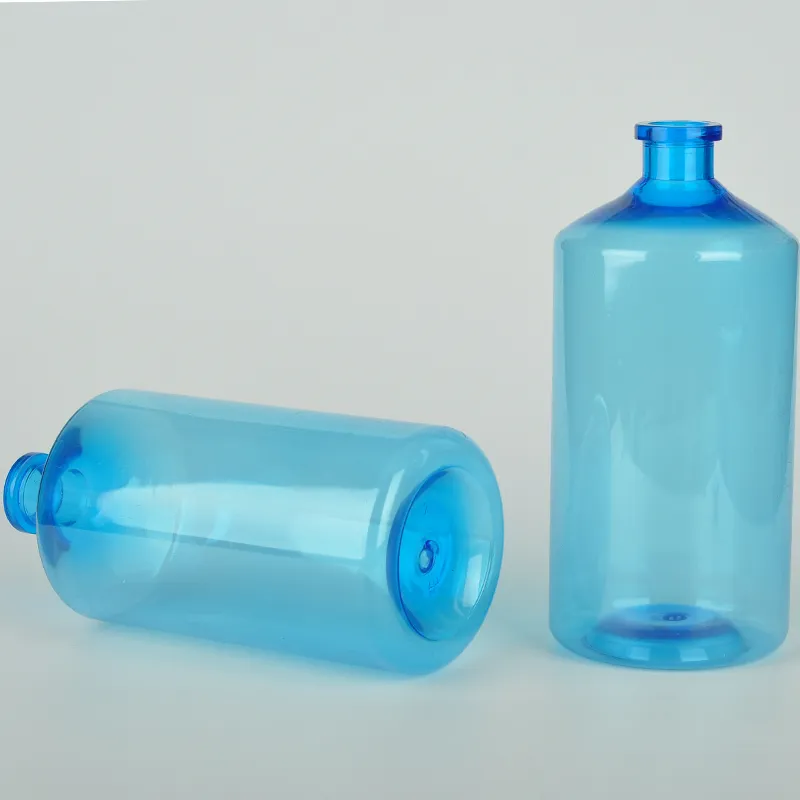Blood Sample Collection with Green Plasma Separation Tubes for Efficient Testing and Analysis
The Role of Blood Green Plasma Separator Tubes in Modern Medical Practices
In the field of medical diagnostics, the significance of accurate and efficient sample collection cannot be overstated. One of the innovations that have transformed blood sample processing is the introduction of specialized tubes such as the blood green plasma separator tube. This article will explore the design, functionality, and applications of these tubes, highlighting their impact on laboratory processes and patient care.
Understanding Blood Green Plasma Separator Tubes
Blood green plasma separator tubes are specially designed collection containers utilized during blood sampling. Typically, these tubes are coated with lithium heparin, an anticoagulant that prevents blood from clotting. The green designation refers to the color of the tube cap, which indicates its specific contents and intended use. The separator gel within these tubes plays a crucial role; it allows the separation of plasma from the cellular components of blood after centrifugation.
When blood is drawn into a green plasma separator tube, it is subjected to centrifugation—a process that spins the tube at high speeds—causing denser components to settle at the bottom while the lighter plasma rises to the top. The separator gel forms a barrier between the plasma and the cellular elements, facilitating easier and cleaner separation. This feature is essential for ensuring that laboratory tests yield accurate and reliable results.
Applications in Clinical Laboratories
The application of blood green plasma separator tubes is wide-ranging in clinical laboratories. They are primarily used for plasma-based assays, including biochemical tests, immunological tests, and therapeutic drug monitoring. The use of these tubes enables healthcare professionals to analyze various substances in the plasma, such as electrolytes, hormones, and enzymes, which are vital for diagnosing numerous medical conditions.
blood green plasma separator tube

One of the key advantages of utilizing green plasma separator tubes is their ability to preserve sample integrity. The use of heparin as an anticoagulant minimizes interference in tests that may arise from clot formation, ensuring that the parameters analyzed are representative of the patient’s physiological state. Furthermore, the clear separation of plasma facilitates quicker testing, leading to more timely diagnosis and treatment.
Advantages Over Traditional Collection Methods
Compared to traditional blood collection methods that rely on other types of tubes, green plasma separator tubes offer several advantages. For instance, they reduce the risk of sample contamination. The separator gel's barrier prevents cellular elements from interacting with the plasma, which can sometimes lead to erroneous lab results due to hemolysis or changes in electrolyte levels. Additionally, the convenience of one-step sample preparation means that healthcare providers can allocate their time more effectively, streamlining laboratory workflows.
Moreover, these tubes are ideal for point-of-care testing, where rapid results are essential for patient management. By enabling healthcare workers to collect and process samples efficiently, green plasma separator tubes contribute to improved clinical outcomes.
Conclusion
In summary, blood green plasma separator tubes represent a significant advancement in the collection and processing of blood samples in medical settings. Their design, featuring lithium heparin, separator gel, and a clear label, addresses the need for accurate, reliable, and efficient testing. As medical technology continues to evolve, the use of such specialized tubes is likely to expand, further enhancing the precision of diagnostic procedures and ultimately improving patient care. By streamlining laboratory processes, these tubes not only benefit healthcare professionals but also contribute to the overall increase in healthcare quality across various clinical environments. The adoption of blood green plasma separator tubes is emblematic of the ongoing innovations that are shaping modern medicine and diagnostics.
-
Aesthetic Makeup Spray Bottles | Fine Mist Empty RefillableNewsAug.19,2025
-
White Plastic Veterinary Vaccine Vials | Lab Liquid BottlesNewsAug.18,2025
-
Plastic Medicine Liquid Bottle: Secure Flip Top Drug VialsNewsAug.17,2025
-
Durable 250ml Blue Plastic Vaccine Vial for Lab & Vet UseNewsAug.16,2025
-
Sterile Virus Sample Tubes: Secure & Reliable Specimen CollectionNewsAug.15,2025
-
White 250ml Plastic Vaccine Vial for Lab & Vet MedicineNewsAug.14,2025
























